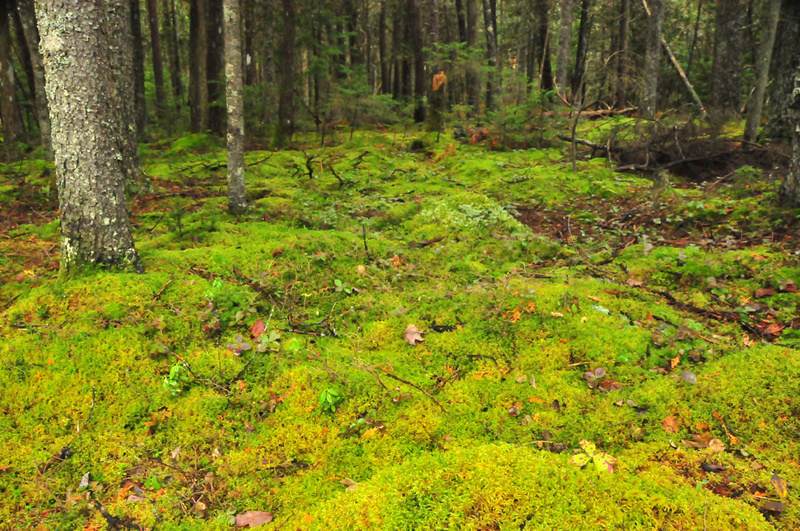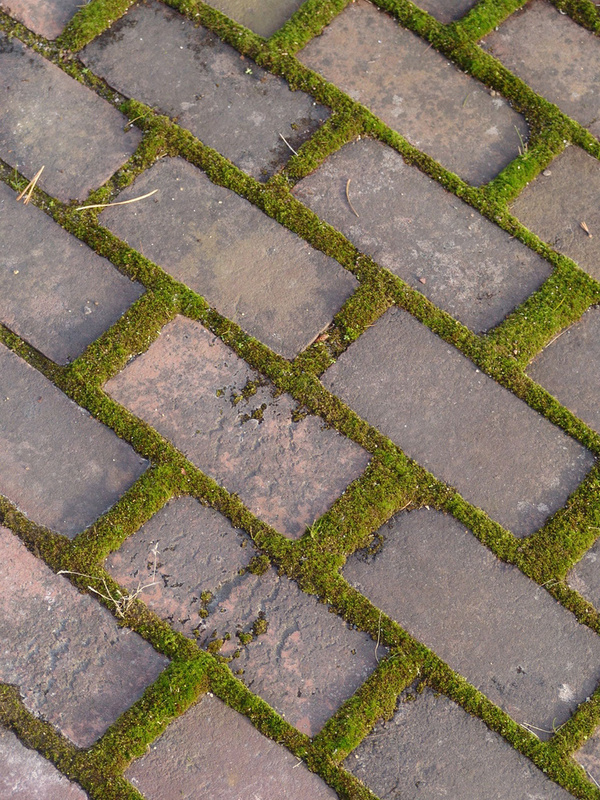The old proverb “A rolling stone gathers no moss” seems to imply gathering moss is a bad thing.
It’s true that moss is a fairly lowly form of plant, sprouting up on rocks and in dark, damp places where nothing else will grow.
But lots of garden and landscape designers will tell you that moss can be a visually interesting and very helpful addition to your yard or garden. Especially in coastal Maine, where cool and damp conditions make the perfect habitat for all sorts of mosses.
“Moss have no roots, so they have to be close to the ground to absorb water, which means they can grow where taller plants can’t,” said William Cullina, director of horticulture at Coastal Maine Botanical Gardens in Boothbay. “So in areas where you have too much shade, or on rocks, or along the stones of a patio, moss can be useful. And moss does really well in Maine.”
Cullina is such a fan of moss that he wrote a book expounding on its virtues: “Native Ferns, Moss & Grasses” (Houghton Mifflin, 2008).
Another prominent Maine garden expert, botanist and landscape architect Patrick Chasse of Somesville, is also a big proponent of using moss in your garden or yard. He can often convince people to use the seemingly lowly plant by talking to them about lawns.
“For some reason, people today seem genetically disposed to try to create the perfect lawn, and you often see people making great efforts to eradicate the moss that is growing among the grass in shady areas,” said Chasse, who until recently was curator of landscape at the Isabella Stewart Gardner Museum in Boston. “But really, it’s easier to eradicate the grass and let the moss grow, since the moss obviously does well there. And moss can look great as a ground cover.”
If you have moss on part of your lawn and want it to take over, you can do that by making your soil more acidic.
Chasse says a way to do that is to add powdered sulphur to your lawn with a spreader instead of the lime you might use to grow grass. Over time, the grass will die out and the moss will take over.
To help a mossy area thrive, Cullina says its a good idea to keep the moss clear of sticks, brush, dead leaves and other things that might kill off or smother the moss.
“Maybe once or twice a year, go out there and rake off or blow off the leaves, and cut down tree seedlings when you see them,” Cullina said. “That’s really all you have to do to encourage a beautiful carpet of moss.”
What about using moss more strategically, in small areas? The hard thing about that is that most garden stores don’t sell moss you can plant.
So you have go into the woods, or some similar spot, and get your own. (Chasse cautions that you’d better get permission if the property you’re taking moss from is not your own.)
Chasse also cautions that you should try to identify the kind of moss, and the conditions where it thrives, before taking it. If you see moss growing under a tree, by a stream or in sandy soil, try to make sure you have similar conditions on your property before attempting a transfer.
There are two basic ways to transplant moss, Cullina says. You can take patches or strips of moss and literally paste them to a rock or surface, and eventually the moss will spread and grow on its own.
Cullina peels pads of moss off a rock or other surface, then uses a hot glue gun to stick the dead side of the moss pads to the place he wants it to grow.
“I did that on Martha Stewart’s (television) show, and she was pretty impressed,” Cullina said.
Or you can collect moss and mince it up in a blender to create a paste you can then spread on rocks, walls, logs — really, any place you think a patch of moss might look pretty.
For the paste, Cullina uses two cups of moss to about two cups of water and a half-cup of beer, plus about a teaspoon of polyacrylate crystals. The last ingredient is used in potting soil and can be found at nurseries. It is also found as crystals in disposable diapers, as an absorbing agent.
(See the full moss paste recipe on Page G1.)
Once he’s blended the ingredients to a thick paste, Cullina just spreads it to wherever he wants it to grow.
“It’s great to use between the stones or bricks in a walkway or patio, or on a flat or slanted surface, but not vertical because it will eventually slide off,” Cullina said. “Once you paint the moss paste on, just slightly mist it once in a while.”
And then, voila – you have homemade moss growing wherever you want.
Staff Writer Ray Routhier can be contacted at 791-6454 or at:
rrouthier@pressherald.com
Copy the Story Link
Send questions/comments to the editors.





Success. Please wait for the page to reload. If the page does not reload within 5 seconds, please refresh the page.
Enter your email and password to access comments.
Hi, to comment on stories you must . This profile is in addition to your subscription and website login.
Already have a commenting profile? .
Invalid username/password.
Please check your email to confirm and complete your registration.
Only subscribers are eligible to post comments. Please subscribe or login first for digital access. Here’s why.
Use the form below to reset your password. When you've submitted your account email, we will send an email with a reset code.